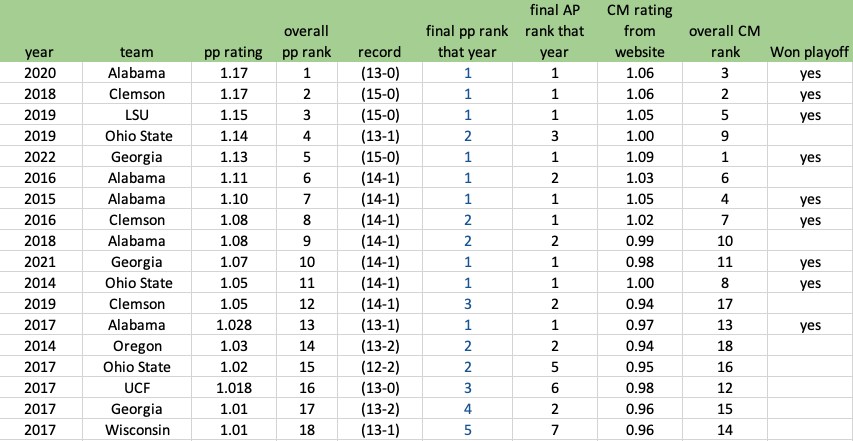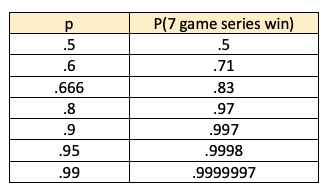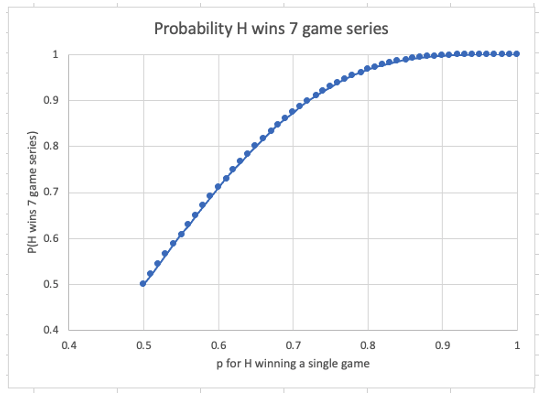I have decided how I am going to vote for in the 2024 presidential election. I realize people don’t care about my political views, but I document them for myself and my family every four years. That’s as political as I’m willing to get!
As I write this on Feb 4, a Biden vs Trump rematch looks inevitable. Trump has won Iowa and New Hampshire by 50+ points, and only one other candidate is still running, Nikki Haley, and she is losing in her home state of South Carolina by 60 points. Is Trump v Biden round 2 inevitable? I guess not, I guess one or both of them could pass before November, but short of that I don’t see how it is not Trump v Biden and the necessary delegates locked to mathematically seal it by the end of March.
So I have written on Trump before. He is a narcissist and an asshole. Well, lots of politicians are, but unlike other politicians who smile for the camera and then stab you in the back, Trump just stabs you in the front. He rubs people the wrong way. I get it. But my mom always said to judge him on policy, which she did before turning on him after Jan 6, mostly because I think she just loved me and Shelli and knew her views were opposed to ours at that time. Trump at least has an agenda — America First (really we all know it’s Trump first, and he is running this time to save his own hide from financial ruin and prison but past that you can at least give me ‘America Second’). America First is a solid guiding principle. At least he has one. Biden’s guiding principle is ‘I’m not Trump’. While true, that mode of leadership does not make our country more prosperous, our cities and streets safer, or generally do much of anything except keep the status quo. With an America First guiding principle, Trump holds people accountable and fires and replaces them as needed. He did that so many times with cabinet secretaries and staff during his first term that it became impossible to count. And sticking to America First he tried to re-ignite manufacturing in America. But places where he tried and failed like Wisconsin became disillusioned with him. I get it. We tried, we had enough, we wanted some calmness in Washington and elected Biden.
We learned some things in 2016-2020. Trump can be president and we will not have nuclear war. The stock market won’t collapse in a Trump presidency (interestingly go back and look at the fist 2 days post-election results in 2016. During that Wednesday-Thursday November 5-6 the NASDAQ and all kinds of companies favored by liberal tech elite (AAPL, MSFT, AMZN, DIS) all got drubbed – losing 5-10%. At the same time main street America companies (like JNJ, PG, X) all gained 5-10% and started rocketing north). There is a Trump Bump. Even foreign countries (like EU Europe) where Trump is hated and feared they at least respect that he fights for his countries interests (like backing out of Paris accords, moving the Embassy to Jerusalem).
Biden has been adequate. I have respected his choices, like re-nominating JPoW. I also think he has succeeded in what I wanted him to do, which was turn down the charged political atmosphere that we had in 2020. He has done that, but that alone is not good enough to deserve another 4 years. Biden will be in his mid-eighties, and that is just too old to risk again.
But that was 2020. 2020 is past and done, the election this fall is about 2024-2028. I am going to follow the advice of my mom and judge Trump by his actions, not his words or personality. Specifically, I am going to judge him by his one real decision before the election, the selection of his VP candidate. Vivek Ramaswamy is a smart, polished Washington outsider- all things Trump values. He is also brown skinned and Hindu. So much MAGA support comes from fundamentalist Christian — does Trump have the guts to select Ramaswamy and force that thinking on the white MAGA group? If he does that I’m voting for Trump in 2024. Note, I did not vote for Trump in 2020 or in 2016, so this would be a first. If he picks someone besides Vivek, I will likely not vote at all this cycle, or throw my vote away again on a 3rd party candidate like I did in 2016. It is sad, but so are the choices we have. Hopefully 2028 will offer better choices.










